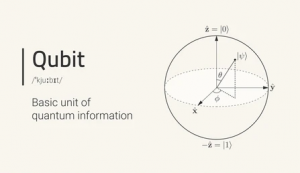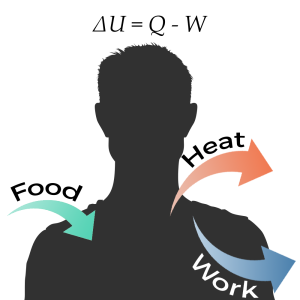Many of us grew up with pop culture films and television like Quantum Leap, Back to the Future, and Terminator. So, when I came across an article stating Google had created something called time crystals, my interest was piqued immensely. To explain what time crystals are, how they work, and how they can be used, some background information is needed. There are many articles that do a much better job at explaining, but I am going to take a stab at it nonetheless in the form of a short recap. This is a pretty meaty subject, so I will limit this month’s tech update to just this topic.
First, we have to talk about entropy. Entropy is a concept in thermodynamics, modeling chaos or disorder. The first law of thermal dynamics states a system cannot violate the conservation of energy. The human metabolism is a good example of this law in action, ingested food is converted into heat transfer, work, and stored fat (which will be used and result in further heat transfer and work). No energy is lost, just transformed into different process functions.
The second law of thermal dynamics states that an isolated system will always arrive at a state of equilibrium. This state always has the highest entropy. A much-used example would be ice cubes in water, the ice cubes will melt and the resulting water will have a lower temperature.
Now, the “direction” of the entropy in the example with the ice cubes in the water is always from a more orderly state to a less orderly state, more chaos is introduced the closer to the equilibrium, much like the flow of time. If you would want to go to a more orderly state, let’s say from water to an ice cube, you would need energy to do so.
Here is where the time crystals come in; Time crystals can transition from one state to another, in both ways, without adding energy. Hence the name time crystals, this material can flow against the usual current of time entropy.

Instability is one of the drawbacks of current quantum computers, the quantum processor needs to be very isolated from outside influences. A passing truck could be enough to disrupt the qubits and put the whole system in disarray. Early test results show that using these time crystals makes for a much more stable system.
Will this lead to a quantum leap in quantum computing? Who knows, but I will be keeping an eye out to let you know if we can expect quantum PC’s any time soon!






